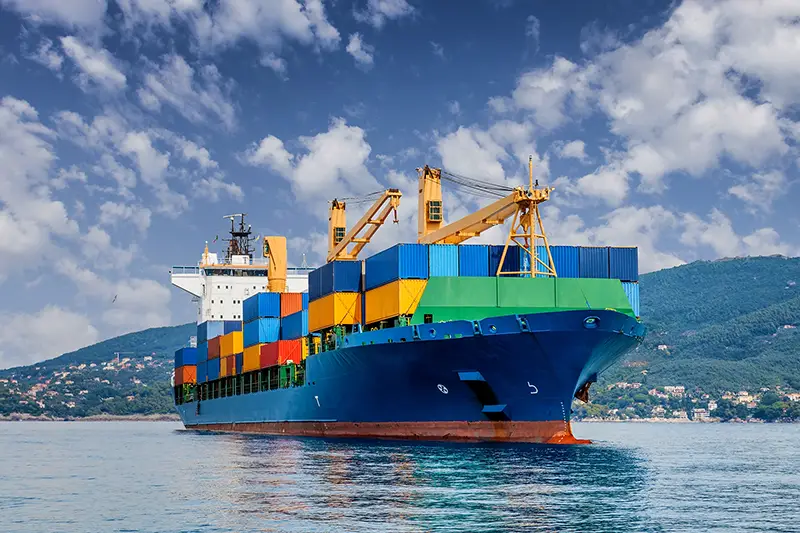Click here to get this post in PDF
Whether you’re shipping packages or pallets, you already know that your shipments can be subject to drops, falls, changes in temperature, and other challenges that can cause damage. But these days, there is a powerful tool available that can help you optimize packing and shipping methods to significantly reduce the chances of damage affecting your shipments — or even let you know that a particular shipment needs special inspection and possible repair due to rough handling.
An impact indicator can let you know when your shipments have experienced impact stress, whether from being dropped, thrown, riding in the back of a truck on an especially rough road, being crushed under a heavier package, or something else. You can even get recorders that track your shipment’s movements in real time, so you can see where a delayed shipment is, or monitor temperature fluctuations, so you can intervene if a shipment is in danger of getting too hot or cold. Here’s what impact indicators can do for your shipments.
Predict Impact Damage to Sensitive Equipment
If you’re shipping sensitive industrial or medical equipment or delicate components, you and your recipient need to know if that package has experienced any potential damage events while in transit. An impact indicator can collect data on drops, falls, vibrations, and other potential events that could have caused damage to the package contents, and can even predict how likely the contents are to have sustained damage, based on the g-forces they absorbed during the impact event.
You can choose impact indicators that go on the outside of a package, so that recipients can know before they even open something up that it’s been subject to potentially damaging forces. You can also buy impact recorders that go inside the package and give you real-time alerts in case of potential damage events. Then you’ll have the opportunity to build trust with your customer by letting them know that your sensor has recorded an impact and they need to inspect the package contents carefully for signs of damage.
Improve Packaging and Shipping Practices
The main goal of using impact indicators is to improve packing and shipping practices so that package contents are protected and don’t sustain damage due to drops, jolts, and vibrations. You can use these sensors to perform field impact tests and uncover the conditions your packages encounter in real-world shipping.
Then you can use the data to improve your packaging with lab impact tests. You’ll be able to replicate the conditions your packages face during shipping in the lab, so you can tweak packaging design and shipping materials to add more protection where it’s needed. For example, if your test package got crushed during shipping, you can use the impact recorder data to replicate those conditions in the lab, and decide which cushioning materials, packaging inserts, and cardboard cartons will best keep shipments from getting crushed again.
Keep Track of Your Shipments No Matter Where They Are
You’re no longer forced to send shipments off into the supply chain with little or no transparency into their movements or whereabouts. Of course, most of the time shipments get where they’re going within the allotted time frame, and it’s not necessary to track them via GPS. But plenty of shipments get delayed, sent to the wrong warehouse, forgotten on the back of the truck, or otherwise waylaid.
An impact indicator with GPS tracking can let you see where your late shipments are so you can get them moving back on track again. It can also give you insight into where exactly shipping damage occurs on route — perhaps the majority of your damage occurs along a certain stretch of highway, and the delivery driver confirms that that stretch of road is particularly rough and riddled with potholes. Armed with this information, you can use multi-carrier shipping api to send your packages via another, smoother route so they’re more likely to arrive safely.
You can also buy impact indicators that track the temperature of your shipments, again in real time, so that you and your customers can rest assured that perishable, temperature-sensitive goods remain at an appropriate temperature at all times during transit. You can even get alerts when a shipment is on the verge of exceeding the maximum allowable temperature, so you can contact the carrier and have the temperature of your shipment adjusted before it’s compromised by the heat.
If your company ships anything, impact indicators can be so helpful for preventing shipping damage and keeping your goods safe in transit. Find out what your shipments go through en route and start doing something about it.
You may also like: All About Shipping Companies
Image source: Shutterstock.com


